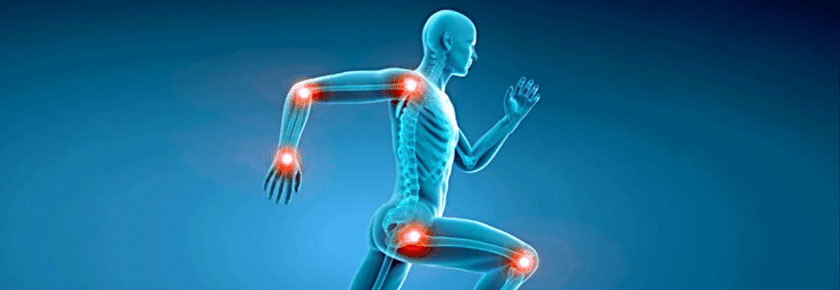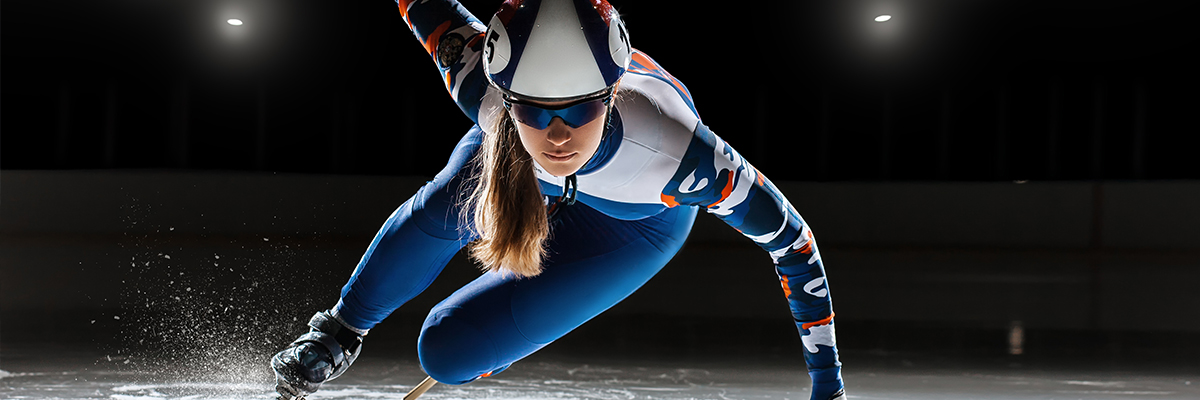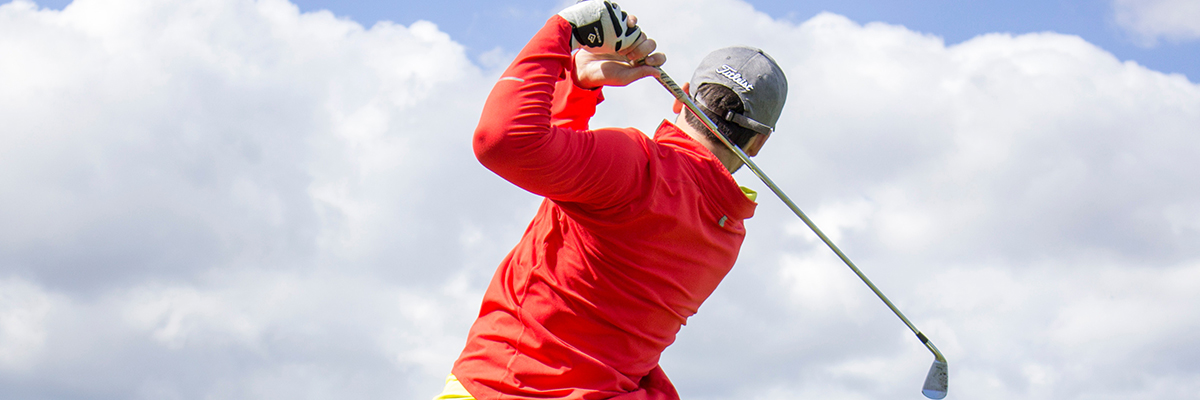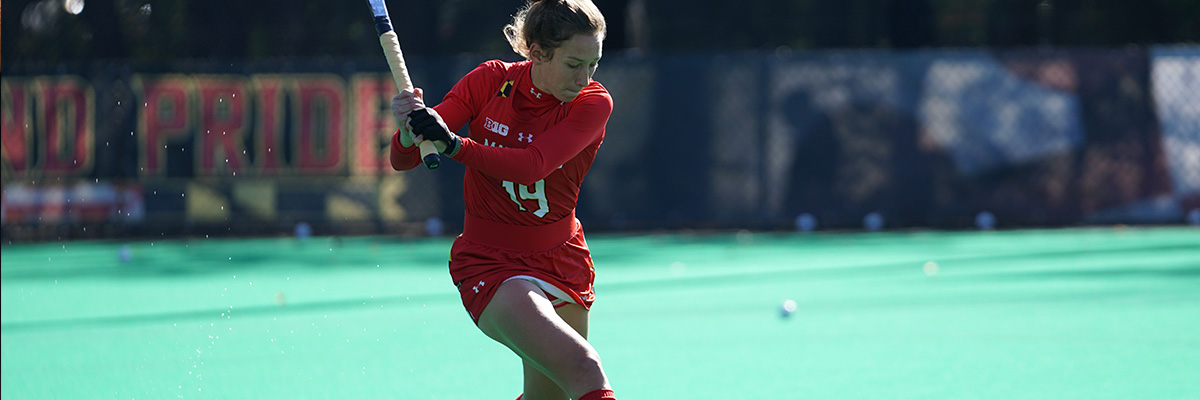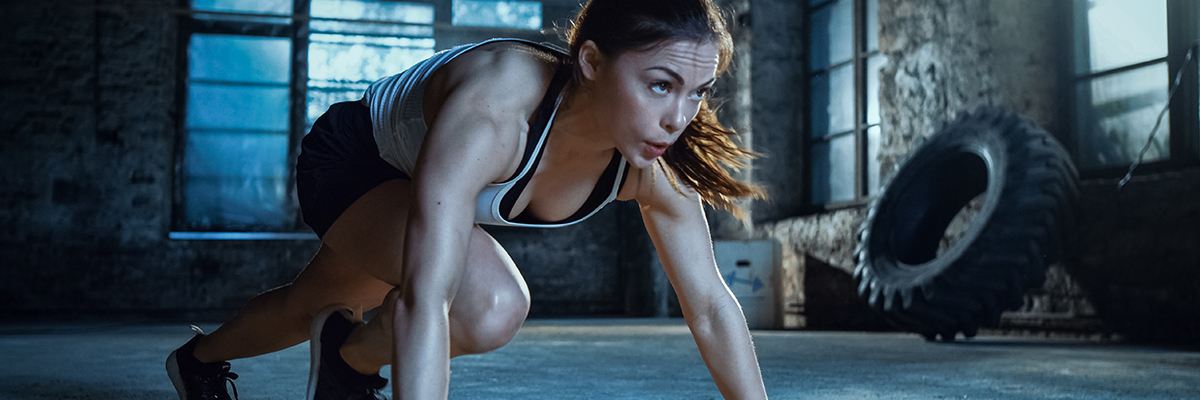Bipolar Osteochondral Allograft Transplantation of the Patella and Trochlea
Bipolar osteochondral allograft transplantation of the patella and trochlea provide significant improvement in functional outcomes.
Read moreDifferences in the Radius of Curvature Between Femoral Condyles: Implications for Osteochondral Allograft Matching
Matching the radius of curvature or anterior-posterior length would not be necessary for potential medial-to-medial or lateral-to-lateral allograft transplants within this patient group.
Read moreFresh Precut Osteochondral Allograft Core Transplantation for the Treatment of Femoral Cartilage Defects
As OCA transplantation has emerged as a popular option for the treatment of cartilage defects, standard techniques for graft matching rely on pairing donor-recipient size. However, this can be mitigated by using OCA cores for small lesions.
Read moreOsteochondral Allograft Transplantation and Opening Wedge Tibial Osteotomy
To assess outcomes of patients who concomitantly underwent an osteochondral allograft (OCA) transplantation and osteotomy.
Read moreFresh Osteochondral Allograft Transplantation for Treatment of Large Cartilage Defects of the Femoral Head
Fresh osteochondral allograft transplantation may be a viable treatment option for osteochondral defects of the femoral head in young, active patients with minimal preexisting joint deformity.
Read moreOsteochondral Allograft Transplantation in the Knee
Studies looking at transplantation of fresh OCAs in the general population have shown reliable pain relief and return to activities of daily living.
Read moreFresh Osteochondral Patellar Allograft Resurfacing
The aim of this study was to present a simple and reproducible way to perform a fresh osteochondral patellar allograft resurfacing procedure covering the indications, surgical technique, site preparation, graft preparation, and graft placement.
Read moreFresh Osteochondral and Meniscus Allografting for Post-traumatic Tibial Plateau Defects
The use of a fresh osteochondral allograft including its meniscus is one of the few options to biologically treat large post-traumatic osteochondral defects of the proximal tibia in young active patients.
Read moreUse of Fresh Osteochondral Allografts in the Patellofemoral Joint
With newer surgical approaches and a better understanding of the mechanical requirements of the PF joint, the use of OCA transplantation has shown increasingly better results.
Read moreIs Patient Satisfaction Associated with Clinical Outcomes after OCA Transplantation?
Patient satisfaction was high following the OCA transplantation, with the rate remaining constant over time. We observed a strong association between patient satisfaction and measures of pain, function, activity level, and quality of life following OCA transplantation.
Read moreOutcomes of Latarjet Versus Distal Tibia Allograft for Anterior Shoulder Instability Repair: A Matched Cohort Analysis
Anterior glenoid reconstruction with fresh distal tibia allograft (DTA) has been described for management of recurrent shoulder instability, with encouraging early outcomes with similar clinical outcomes as the Latarjet procedure.
Read moreOsteoarticular Allograft Transplantation of the Trochlear Groove for Trochlear Dysplasia
Dr. LaPrade recently published a case report for transplanting a very large trochlear allograft in a 21 year old female patient with trochlea dysplasia.
Read moreLesion Size Does Not Predict Outcomes in Fresh Osteochondral Allograft Transplantation
Many cartilage repair algorithms use lesion size to choose the appropriate surgical technique. The purpose of this study was to determine if lesion size affects outcomes after an osteochondral allograft (OCA) transplantation. The results of this study suggest that graft size does not influence outcomes or survivorship. OCA transplantation is an effective treatment in the femoral condyle regardless of size.
Read more Download PDFMeniscal Allograft Transplantation: Effect of Cartilage Status on Survivorship & Clinical Outcome
To evaluate the survivorship and clinical outcomes of meniscal allograft transplantations (MAT) and determine the impact cartilage status may have on these outcomes. MAT has shown to be an effective surgical treatment with good survivorship and functional outcomes at medium to long term follow-up. Patients with lower grades of cartilage damage have better MAT survivorship but all patients benefit clinically.
Read moreOutcomes of Latarjet Versus Distal Tibia Allograft for Anterior Shoulder Instability Repair
To compare clinical outcomes between a distal tibia allograft (DTA) reconstruction or a Latarjet procedure for patients with recurrent shoulder instability.
Read moreFresh Femoral Head Osteochondral Allograft Transplantation for Treating Osteochondritis Dissecans of the Femoral Head
The use of fresh-stored osteochondral allograft allows surgeons to both avoid donor-site morbidity and treat lesions of a larger surface area as a treatment options for the management of osteochondritis dissecans.
Read moreManagement of Glenoid Bone Loss with Anterior Shoulder Instability
There is good evidence for use of new techniques including the distal tibia allograft, which can be used as reconstruction options.
Read moreGraft Transfer Technique in Arthroscopic Posterior Glenoid Reconstruction with Distal Tibia Allograft
Although both iliac crest and distal tibia allograft have been shown to restore glenohumeral contact pressures, the authors prefer distal tibia allograft because of its congruity to the articular surface, lack of graft harvest morbidity, and retained cartilaginous surface for articulation with the native humeral head.
Read moreViable Osteochondral Allograft for the Treatment of a Full Thickness Cartilage Defect of the Patella
Osteochondral allografts are used to fill deeper bone defects where the thin osseous layer of cryopreserved OCA implants are not sufficient for these deeper lesions.
Read moreOsteochondral Allograft Transplants for Large Trochlear Defects
The advantages of using the described OCA technique is that it allows chondral defects to be immediately filled with mature articular cartilage, it avoids the donor-site morbidity, and histologic analysis of OCA has shown high survivorship of the transplanted hyaline cartilage.
Read more
